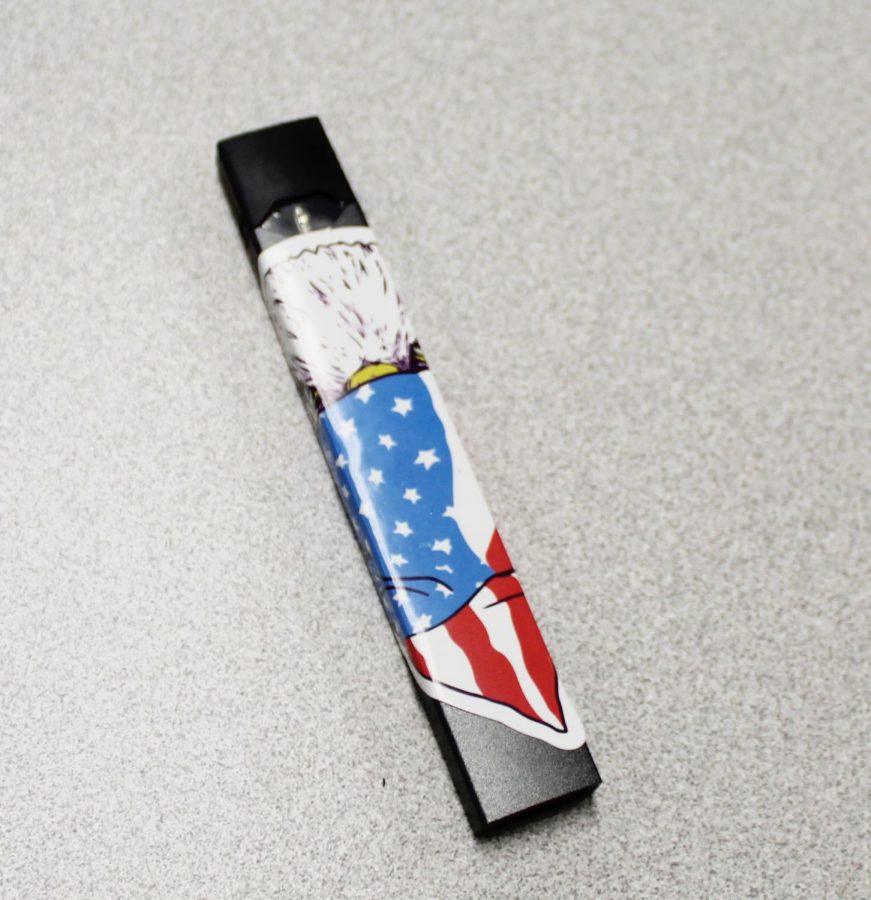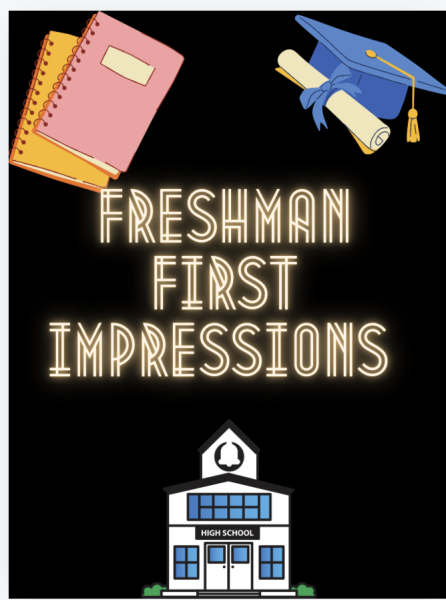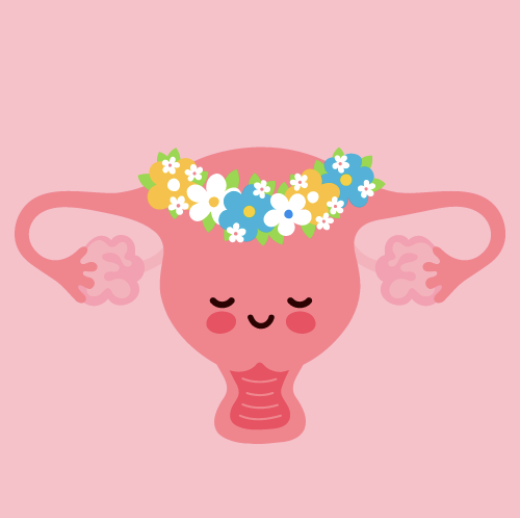The epidemic of e-cigarettes
E-cigarettes are a high school epidemic. No other word could describe the speed and efficiency with which this new craze has grasped teenagers in the recent years.
E-cigarettes are simple to use and easy to hide, making them ideal for high school misdemeanor. Additionally, the wide variety of flavors available—spanning from cherry to vanilla—create appeal in young children and teenagers, although there are still many negative effects to e-cigarettes.
“I’ve seen lot of people use it,” said senior Alex Andrews, and that, a lot of times, they don’t even know that it’s unhealthy. According to the National Institute on Drug Abuse, 66% of teens who use e-cigarettes believe that there is only flavoring in what they are smoking.
In reality, e-cigarettes contain nicotine, the same highly addictive substance that is present in cigarettes, not to mention ultrafine particles, flavorants, volatile organic compounds, and traces of heavy metals that can also be inhaled. Nicotine levels can vary depending on the product, and can sometimes reach the point of being comparable to a regular combustible cigarette.
And for a susceptible teenage mind and body, that is incredibly unhealthy.
“We saw a change in student behavior about two years ago,” said Mr. Westerby, Grade 11 Vice Principal and School Security Specialist. The administration noticed that the use of regular cigarettes was being replaced with e-cigarettes. However, because the devices lack odor and residual smoke, it was difficult for staff to catch.
In response to this, Eastern revised their discipline police and notified parents that they were seeing an increase in the use of e-cigarettes. The issue has also been discussed during class meetings. Consequences for these actions are all listed in the student handbook, and include a one day suspension for possession and a three day suspension for the actual use of the e-cigarette.
To inform Eastern’s staff on the issue, Mr. Westerby has conducted demonstrations, showing faculty the e-cigarette devices so they can spot them. He also keeps them updated if any new devices come out that could become a problem.
“I hope that parents and family members are going over the negative consequences [of e-cigarettes],” said Mr. Westerby. The company that created the JUUL itself is advertising against teenage use, as a response to earlier controversy that they were purposely marketing themselves toward a younger population.
The Office of the Surgeon General created an entire website on the issue (e-cigarettes.surgeongeneral.gov), which contains a trove of information on the effects of e-cigarettes on young people.
Like most trends, the use of e-cigarettes in social settings spreads the behavior to other students. “A lot of people do it just because their friends are doing it,” said Andrews.
An anonymous student stated, “I was often smoking with friends and then most of them had one so we would all just pass it around and hit it.”
Reportedly, students who use e-cigarettes spend about 10 to 20 dollars on them per week. “More I should,” said the student. “At this point, there’s not really a benefit from using it, it’s just too addictive to stop.” She also stated that she tends to use it more when “stressed or nervous” and that it’s become almost normal for her.
“I never tried to quit,” she said. “I know the negative effects of using it, but none of them have been striking enough for me to want to quit.”
Another student stated that he first used e-cigarettes to stop smoking cigarettes and that he uses the device at school “all the time.”
“I have tried to quit,” he stated, “but I’ve used nicotine for so long that I get bad withdrawal and end up caving.”
The statistics and studies prove it—the use of e-cigarettes are becoming a major problem in the United States and are a huge detriment to the health of teenagers. However, if students become aware of how badly they damage the body and parents and school faculty are vigilant, it is an epidemic that can—and should—be cured.










